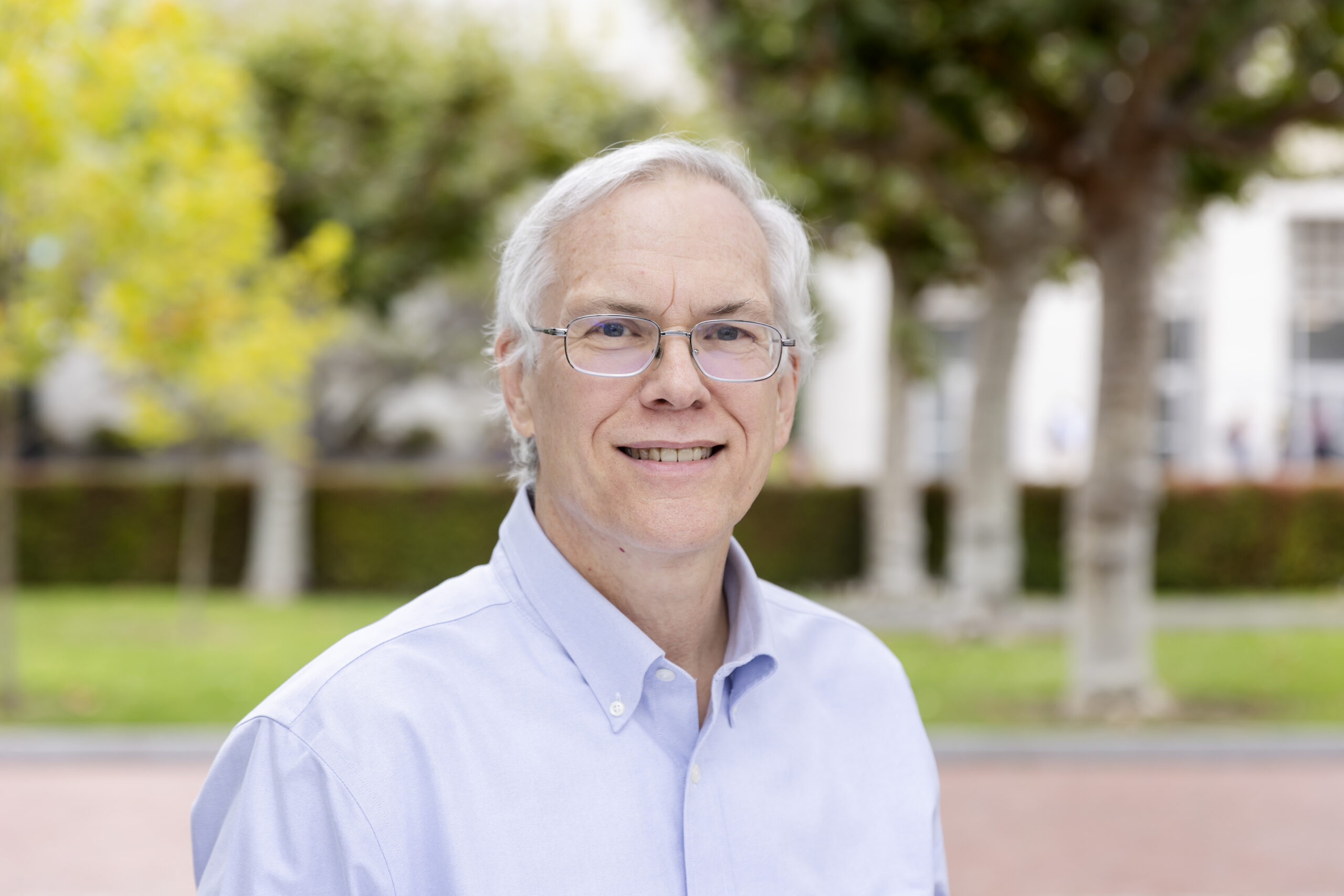
Ron Fearing
Dr. Ron Fearing is a professor in the Department of Electrical Engineering and Computer Sciences. He attended MIT for his undergraduate studies in Electrical Engineering Computer Science. He earned his PhD from Stanford University.
Spark Award Project
Joint project with Ezequiel Goldschmidt
Current surgical tools cannot navigate tortuous anatomical corridors, and as a result, accessing certain locations requires extensive tissue removal, general anesthesia, and a full operating room. They aim to produce a soft, deformable robot capable of visualizing and freely navigating complex anatomical environments while creating a working tool channel that minimally disturbs surrounding tissues. This device has the potential to expand the capabilities of any complex endoscopic surgical procedure.
Ron Fearing’s Story
A New Era in Minimally Invasive Surgery: A Bakar Fellow’s Story
By: Niki Borghei
November 15, 2023
Surgery is often synonymous with extensive tissue removal, general anesthesia, and the need for a full operating room. However, if we could reduce the invasiveness of surgical procedures, we could potentially improve patient outcomes, reduce recovery times, and reduce the cost. UC Berkeley Professor of Electrical Engineering and Computer Science, Dr. Ron Fearing, and UC San Francisco Professor of Neurological Surgery, Dr. Ezequiel Goldschmidt, have joined forces to make this happen.
Their groundbreaking project seeks to overcome the limitations of minimally invasive surgery by developing a soft, deformable robot capable of visualizing and freely navigating complex anatomical environments while creating a working tool channel that minimally disturbs surrounding tissues. They propose providing surgical access to the nasal passages, which have particularly tight spaces surrounded by hard tissue. In the applications such as gall bladder removal, the tissue is soft, and the tools can be rigid. In passages with bone such as the skull, their robot will be soft to squeeze in small gaps.
Q: How does the science work?
A: We can now fabricate a soft robot by combining multiple miniature inflatable chambers together, where the chambers form segments of a body which can expand and bend. The robot will have a miniature camera at the tip, to be visually guided by a surgeon combined with low-level computer control. Advances in soft robot manufacturing and miniaturized camera technology have enabled development of this new robot.
Q: What made you interested in creating robots for minimally invasive surgery?
A: My lab has had a multi-decade interest in building milli-scale robots which can access areas which can not be reached by conventional-sized robots or tools. Minimally invasive surgical robots is an area with compelling clinical needs, and significant technological challenges. Our collaboration with neurosurgeon Dr. Eze Goldschmidt has been particularly inspiring as together we can find the appropriate solutions which satisfy engineering and medical constraints.
Q: What led to your interest in entrepreneurship?
A: I really like to see my lab’s work have an impact in the real world. Alums from my lab have started companies, and this is a great opportunity to be more personally involved in transitioning technology to applications and markets.
Q: What’s it like to join forces with Dr. Goldschmidt?
A: It is very inspiring to be working with Dr. Eze Goldschmidt. His enthusiasm for advancing minimally invasive robots, both as a user constrained by current technology, and in creating a device which will improve patient outcomes, is motivating for the whole team.
Q: When can we expect to hear more about your project?
A: We expect to see lab trials starting in mid-2024, and then optimistically, clinical trials in 3-5 years.